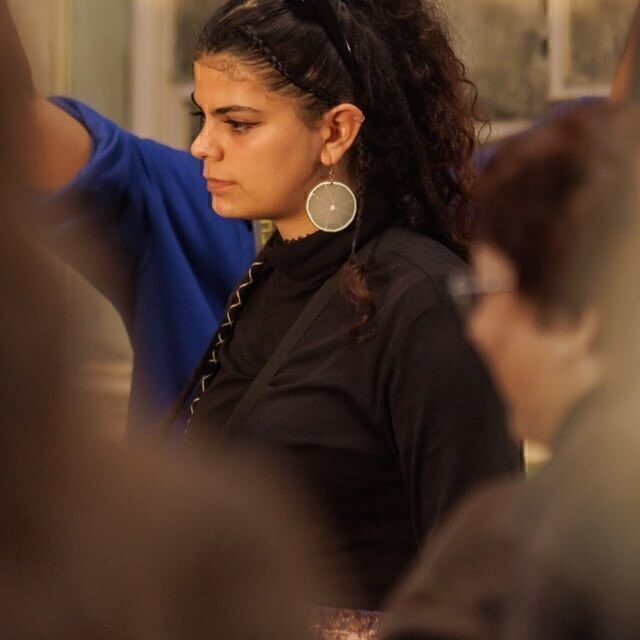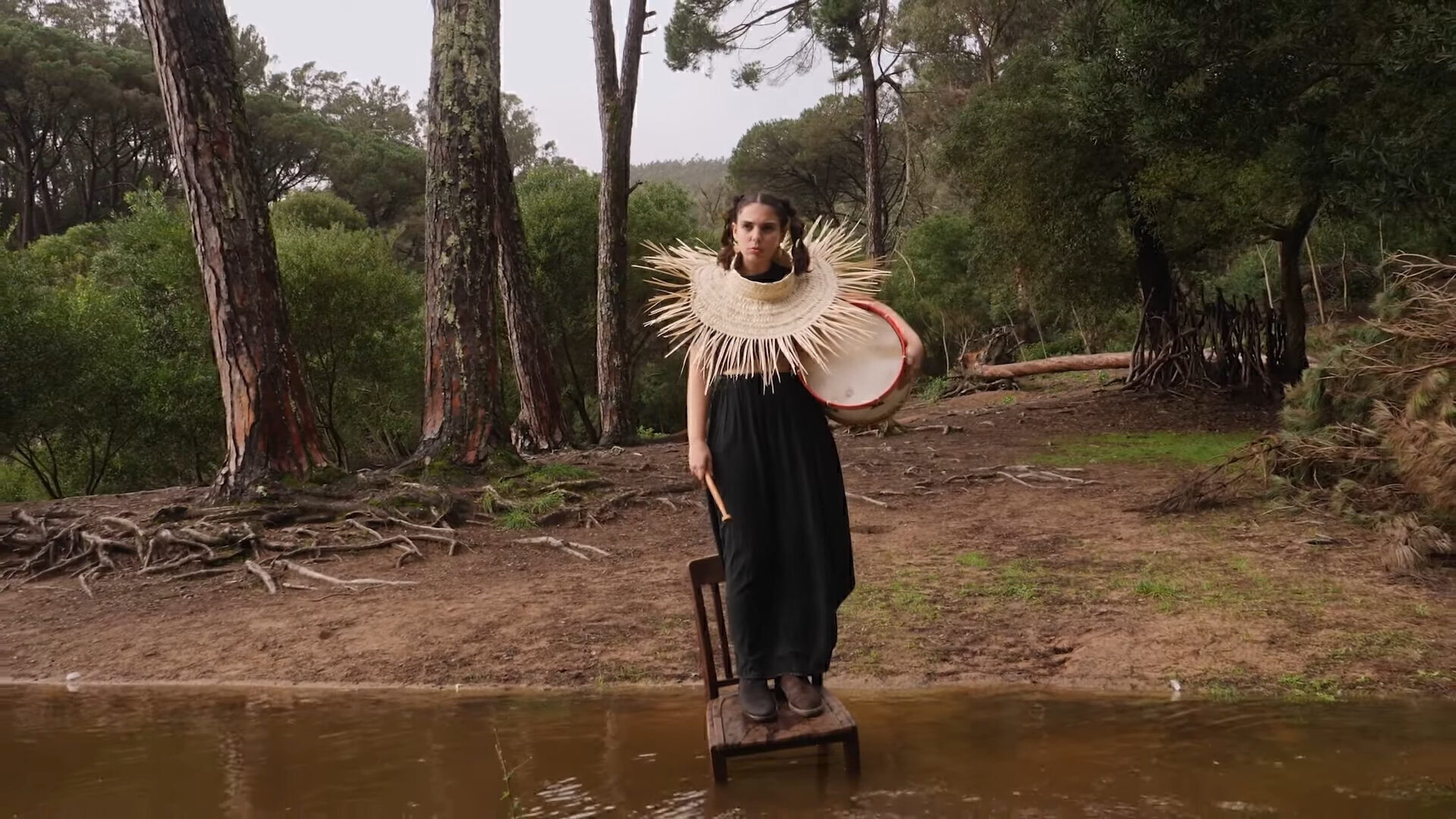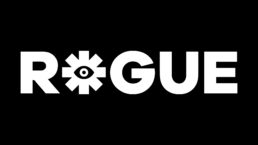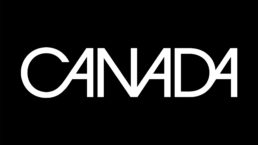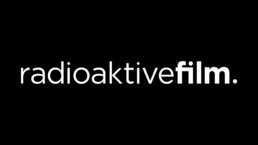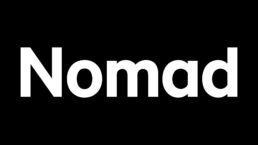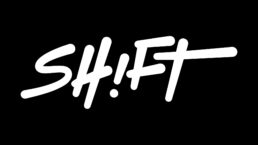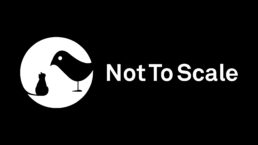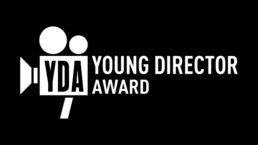Joana Caiano
Can you describe your path into directing? Were you interested in film from a young age?
I have that cliché story of loving film since a very young age. When I was about 13, I found an option on my TV settings that allowed me to create my own fully custom channel, and I was instantly fascinated. Together with my siblings and cousins, we created our channel and filled it with our own commercials, news reports, documentaries, films and even series. We even went as far as filming and editing a full remake of a feature script we found online – so I guess that could count as my first narrative feature film! Around that time as well, I shot and edited a one-hour documentary about my grandparents’ experiences with war and exile.
Fast-forwarding a few years, in high school, I took a specialised course in Film Production, and after a gap year, I went on to study at Bournemouth Film School. After graduating, I knew that jumping straight into directing was a little bit of an ambitious goal, so I started working in the industry as a camera assistant. I’ve always loved the visual and technical side of it all, so it felt like a great starting point.
As an assistant camera, I had the opportunity to work on the most varied productions, from lower-budget projects to Netflix shows and high-end commercials. This was an invaluable experience – I got to see all kinds of sets, work with all sorts of crews, and see different directing approaches, some of which I later applied to my own work.
After two years as a camera assistant, while directing small passion projects on the side, I got signed by the Lisbon-based production company Take it Easy, marking the official start of my freelance directing career.

As a director, you split your time between Lisbon and London – two iconic cities with very different characters. What do you find most creatively inspiring about the energy and culture of each?
When people ask me where I live, I genuinely struggle to find an answer. Splitting my time between Lisbon and London means I’m rarely in either city for a full month at a time.
Growing up in Lisbon, I can now see in retrospect how its colourful, sunny, and vibrant streets – as well as its rich creative scene – have unconsciously shaped my work as an artist, particularly in my preference for bold colours. In contrast, London has given me a sense of scale – of what is possible – and continuously challenges me through the creative community around me. London pushes me to think bigger, experiment more, and explore how boundaries can be redefined on a larger scale.
Your first short film, 42, looked at the idea of individuality versus conformity through the prism of the awkward main character Lara, as she navigates a strange world where no-one communicates. You often extract comedy value from placing your characters in uncomfortable situations – what interests you about that tension?
I’m very drawn to the duality of conformity and individuality – especially the question of whether one can truly strip away all the pretences shaped by simply co-existing in a society. 42 explores this topic through an exaggerated, quirky and almost surreal lens. In the short, by placing the main character in awkward and uncomfortable situations I challenge her reactions, which hopefully results in comedic moments. I believe discomfort reveals a somewhat raw and deeply human side to someone, and there’s just something funny in seeing that unfold.
Ultimately, the way we deal with discomfort reveals a lot about our character. It takes away any pretences, it exposes vulnerabilities and avoids calculated or overly thought-out responses. For me, that’s where comedy comes to surface – not just as a tool to entertain but a way to highlight deeper truths about someone. I love provoking laughter by placing a character in heightened scenarios because, at times, the most absurd situations can be the most revealing.
Ana Lua Caiano – Casa Abandonada
Much of your work explores social, economic and political dilemmas such as immigration, which is the theme in both your documentary on migrant artists in Lisbon, Through Their Fingertips, and black comedy Lives at Steak. How much of a responsibility do you feel to amplify these issues and voices – particularly in the current, highly divisive climate?
I’m inherently very interested in exploring social, economic, and political dilemmas in my films. My aim is always to provoke conversations, encourage questioning and inspire thought. Ultimately, however, I’m focused on storytelling – I love following characters and exploring their motivations, creating an engaging narrative.
When it comes to the documentary Through Their Fingertips (Cada dedo toca no seu Mundo), the main motivation behind it was to spark reflection on the meaning of the word “immigration” – a term often loaded with many connotations. At the end of the day, the documentary serves as an unfiltered register of the lives of migrant artists in Lisbon, their thoughts on their experience and their contributions to the city’s cultural landscape.
In regard to Lives at Steak, the intention was once again to provoke – this time, reflecting on the post-Brexit era by dramatizing the temporary meat supply crisis that occurred back in 2020. It’s a fictionalized reality playing on the absurdity of this situation, imagining how it could have eventually affected those responsible for the decisions that led to the meat crisis in the first place. In the end, it’s just a satirical and playful provocation.
I don’t see my work as a social, economic, or political statement. Rather, I like to create films to challenge ideas, spark discussions, and reimagine certain realities and issues. My goal is not to dictate a viewpoint but to open a space for dialogue and interpretation.
You recently directed a music video for your sister’s debut album, O Bicho Anda Por Aí, what was it like to collaborate on a project as creatives as well as siblings?
My sister and I are really close, and our art mediums often cross paths in many ways. Sometimes I direct music videos for her songs, and other times she’s creating music for my projects. Throughout the years of working together, we’ve developed a strong creative relationship and are now at a point where we fully trust each other in our respective art forms which allows us to elevate our artistic work.
Ana Lua Caiano – Mão Na Mão
What are your main sources of creative inspiration, both within and outside the world of film? Any directors you admire – contemporary or past?
Strangely enough, the directors I look up to the most are both Swedish, I really appreciate Ruben Östlund’s work for his incredibly absurd sociopolitical satires and sharp critiques. Likewise, I admire Roy Andersson for his slow-paced narratives and beautifully framed and meticulously choreographed shots.
Crossing the border from Sweden, I admire the work of many directors, including Jean-Pierre Jeunet, Gaspar Noé, and Almodóvar’s classics.
Outside of film, Pina Bausch has had a strong influence on my work – her approach to movement and interaction has definitely shaped how I think about staging and composition, especially in music videos. I also find Bill Viola’s video art really intriguing, particularly the way he plays with pacing and facial expressions. Lastly, I love Aïda Muluneh’s work and compositions – her use of primary colours is something I find truly captivating.
What are you working on at the moment and do you have any exciting projects in the pipeline for 2025?
I’ve just finalised the development of two feature scripts, and I’m excited to get the ball rolling on these projects. One is written in Portuguese, and the other in English, which funnily enough perfectly reflects my dual connection to Lisbon and London. Right now, we’re in the process of trying to secure funding for them.
Furthermore, this year marks the release of my short film Lives at Steak, which is about to begin its festival run, along with the premiere of my debut feature documentary, The Mind is Not a Safe Place, set in Lisbon’s largest psychiatric Hospital.
Additionally, I’m eager to expand my London network, collaborate with more London-based production companies, and take on more short-form projects.
INTERVIEW BY SELENA SCHLEH





